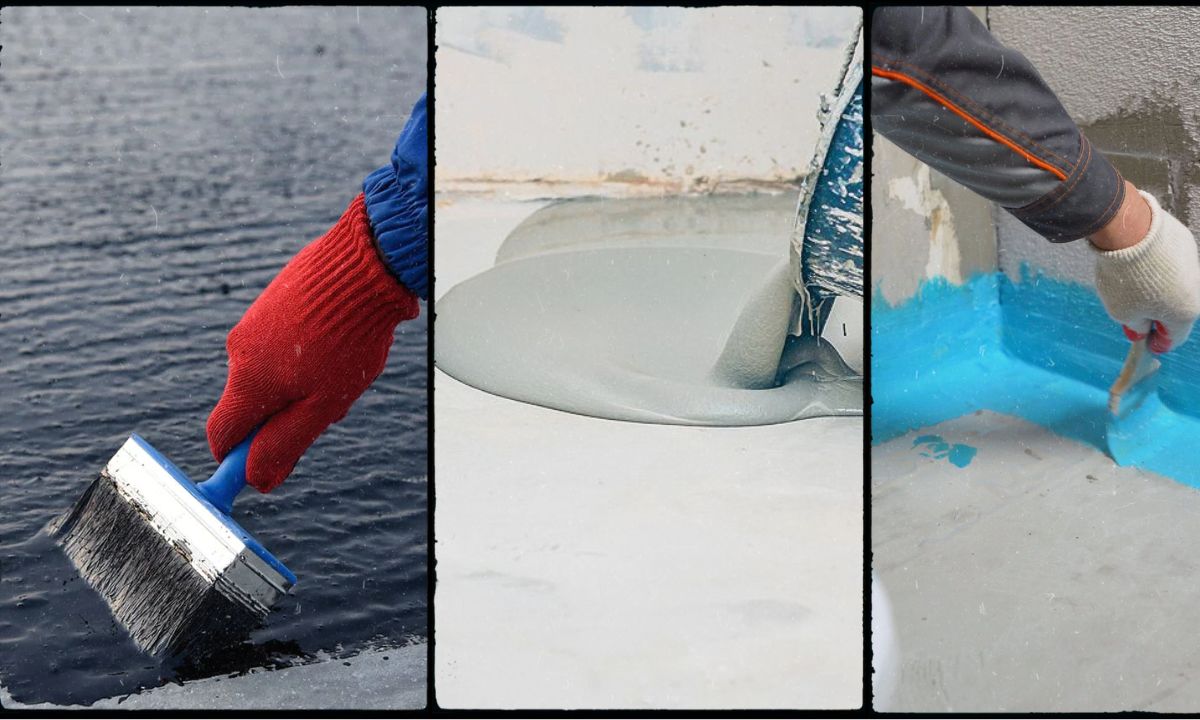The process of waterproofing is an important aspect of maintaining the structural integrity and durability of any residence or building. Without adequate waterproofing, structures are susceptible to moisture issues, mildew formation, and foundation problems that can lead to expensive fixes. As the saying goes, an ounce of prevention is worth a pound of cure, and understanding how to detect waterproofing failures early can help you avoid a significant amount in unnecessary outlays down the line. In this guide, we will discuss the key signs and symptoms of waterproofing issues, ensuring you can act before it's too far gone.
Whether you are a property owner or managing a business space, being cognizant of the possibility for water infiltration is essential. From ceilings and basements to bathrooms and outdoor spaces, all parts of a property can experience waterproofing challenges. By identifying the early warning signs, you can address them head-on and put in place effective solutions specific to your particular situation. Click here! with us as we investigate the world of waterproofing, equipping you with the knowledge to defend your investment and keep a safe, dry environment.

Key Factors of Moisture Protection
Moisture protection is a critical component of maintaining the stability of all structure, be it a home or a commercial building. It serves as a protective barrier against moisture intrusion, capable of lead to substantial damage, including mold growth, architectural weakening, and costly repairs. Understanding why waterproofing is essential for each home and building allows homeowners and property managers to take proactive measures in safeguarding their properties.
One of the main goals of waterproofing is to prevent water from entering basements, foundations, and additional at-risk areas. This involves a careful assessment of potential water sources, such as rain, subsurface water, and including plumbing leaks. By recognizing signs that your building needs waterproofing in advance, you can address issues promptly, thereby saving considerable sums in repairs. Using effective waterproofing solutions can enhance the durability and safety of your asset while providing assurance.
Furthermore, choosing the appropriate waterproofing method—whether interior or exterior—is crucial for sustained effectiveness. Each type has its advantages and is suited for specific situations. Moreover, comprehending common waterproofing fallacies, such as false beliefs about DIY versus professional solutions, can help property owners make knowledgeable decisions. Ultimately, investing in suitable waterproofing not only safeguards physical structures but also boosts energy efficiency and supports sustainable building practices.
Determining Waterproofing Requirements
To efficiently recognize waterproofing requirements in your home or structure, start by inspecting areas regularly subjected to moisture. Check cellars, bathrooms, kitchens, and ceilings for any kind of evidence of water damage. Watch for stains on partitions or ceilings, mold growth, or peeling paint, as these issues can be signals of current leaks or inadequate waterproofing. Consistently check these locations, especially after heavy rain or flooding, to detect potential issues early.
In addition, pay attention to the external environment around your home. Ensure that gutters and downspouts are in proper condition and guiding water away from the foundation. If water gathers around your building during rain, this can lead to significant waterproofing issues. Examine your landscaping to ensure suitable grading, which should encourage water to flow away from your property rather than into it.
Finally, consider the age of your waterproofing systems. Materials break down over time, and what may have operated effectively in the past may no longer provide sufficient protection. Knowing when to reevaluate and improve your waterproofing measures can avert costly repairs down the line. Be proactive in sustaining waterproofing solutions to safeguard your home from water damage.
Choosing Waterproofing Methods
While choosing the appropriate waterproofing solution for your property, it is important to evaluate the specific needs of your space. Factors such as weather, architecture, and the type of flooding will influence the most efficient method. For example, homes in regions with heavy rainfall may require enhanced exterior solutions, while properties with problematic basements might benefit more from interior waterproofing techniques. Evaluating these factors will direct you to the most suitable waterproofing option.
You also need to consider the pros and cons of DIY versus professional waterproofing. Though DIY methods can conserve some money, they frequently lack the efficacy of a professional installation. Expert contractors can provide knowledge in recognizing potential problem areas and utilizing state-of-the-art techniques that might not be available to a novice. Investigating different contractors and reviewing their experience and customer reviews is crucial in making an wise decision.
Finally, don’t overlook the long-term implications of your choice. High-quality waterproofing solutions may require a larger upfront investment, but they will in the end save you a significant amount in repairs and maintenance costs in the future. Taking the time to compare warranties, product quality, and the collective reputation of waterproofing materials can ensure that you select a trustworthy and effective solution to safeguard your property from water damage.
